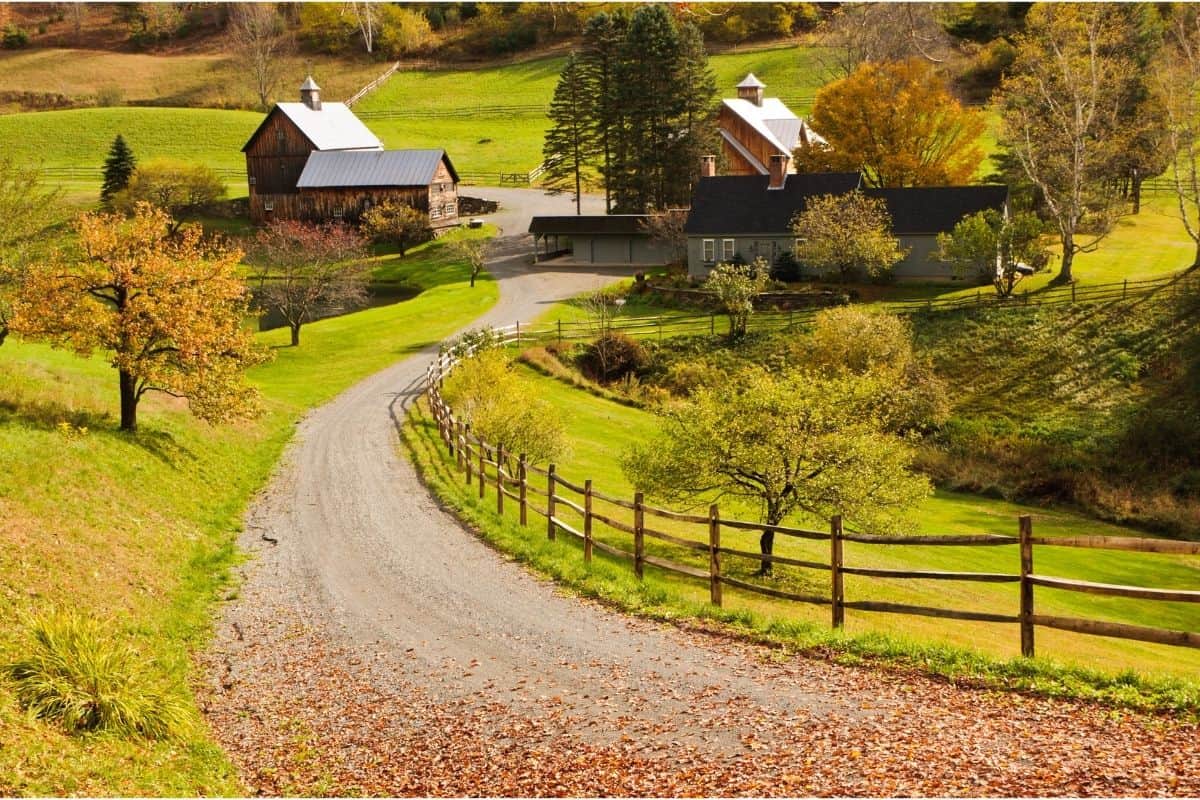Embarking on the journey of butchering on a 15-acre homestead can be both thrilling and daunting for many homestead dreamers. The idea of self-sufficiency and sustainable living resonates strongly with those who wish to live off the land. On such a homestead, butchering is not only a means of providing food for your family but also a way to connect with the land in a profound and meaningful way.

The Importance of Butchering in Homesteading
Butchering is a crucial aspect of homesteading. It provides a source of protein that is both fresh and ethically sourced. Understanding the importance of butchering can help you appreciate the effort and care that goes into raising and processing animals for food.
Why Choose a 15 Acre Homestead?
A 15-acre homestead offers ample space for raising animals such as chickens, pigs, and cattle. This size allows for diverse farming activities, including growing perennial vegetables and other crops, which can complement your butchering efforts by providing a well-rounded diet.
Preparing for Butchering on Your Homestead
Before diving into the butchering process, its essential to prepare adequately. This involves understanding the legal requirements, acquiring the necessary tools, and mentally preparing for the task.
Legal Considerations
Depending on your location, there may be specific regulations regarding the butchering of animals. It’s crucial to familiarize yourself with these laws to ensure compliance and to avoid potential legal issues.
Essential Tools and Equipment
Having the right tools is vital for efficient butchering. Essential tools include sharp knives, a saw, a hoist, and a clean working space. Investing in quality equipment will make the process smoother and safer.
The Butchering Process: Step-by-Step
The process of butchering can vary depending on the type of animal. However, some general steps apply to most animals.
Stunning and Slaughtering
The first step is to humanely stun the animal to minimize suffering. This is followed by the slaughtering process, where the animal is bled out to ensure the meat is clean and safe for consumption.
Skinning and Eviscerating
Once the animal is slaughtered, the next steps are skinning and eviscerating. Proper skinning helps preserve the quality of the meat, while eviscerating involves removing the internal organs.
Butchering and Processing
After the animal is skinned and eviscerated, the butchering process involves cutting the carcass into usable portions. This is where having sharp knives and a good understanding of animal anatomy is crucial.
Storing and Preserving Meat
Proper storage and preservation of meat are essential to ensure it remains safe and edible for extended periods.
Freezing and Refrigeration
Freezing is the most common method for preserving meat. It’s important to package the meat correctly to prevent freezer burn and to label it for easy identification.
Curing and Smoking
For those interested in traditional methods, curing and smoking are excellent ways to preserve meat. These methods also add unique flavors to the meat, making them a popular choice among homesteaders.
Integrating Butchering into Your Homestead Lifestyle
Butchering is more than just a task; it’s a part of the homestead lifestyle. It fosters a deeper connection with your food source and promotes a sustainable way of living.
Building Skills and Knowledge
Learning the art of butchering enhances your skills as a homesteader. It encourages continuous learning and provides a sense of achievement and self-reliance.
Community and Sharing
Sharing your experiences and knowledge with others in the homesteading community can be rewarding. It helps build a supportive network and allows for the exchange of tips and techniques.
Challenges and Rewards
Like any aspect of homesteading, butchering comes with its challenges. However, the rewards, such as fresh, home-raised meat, make the effort worthwhile.
Overcoming Challenges
Challenges may include emotional hurdles, physical demands, and time commitment. With practice and perseverance, these challenges can be overcome, leading to a more fulfilling homesteading experience.
Reaping the Rewards
The satisfaction of providing for your family with meat from your own land is unparalleled. It strengthens your connection to the earth and enhances your appreciation for the cycle of life.

FAQs
What animals are best for butchering on a 15-acre homestead?
Chickens, pigs, and cattle are popular choices due to their manageable size and the quality of meat they provide.
How can I ensure humane treatment during the butchering process?
Using proper stunning techniques and handling the animals with care and respect ensures humane treatment.
What are some resources for learning more about butchering?
Consider reaching out to local homesteading communities or online resources like The Tiny Life for guidance and support.
For more insights on homesteading, visit Decor Lux for inspiration.





